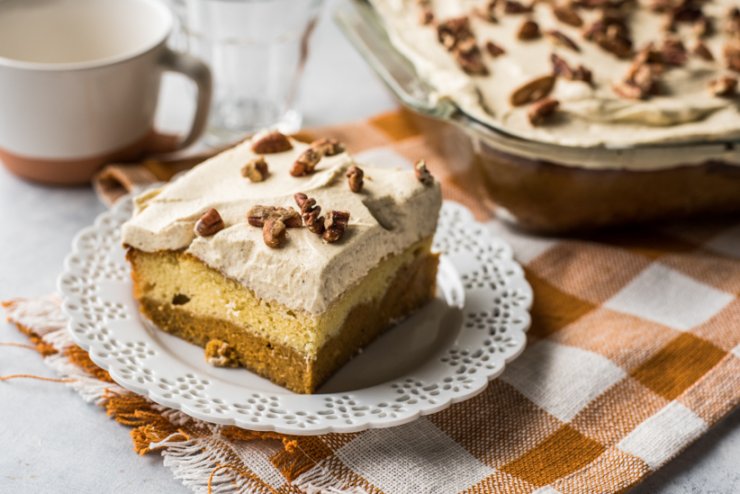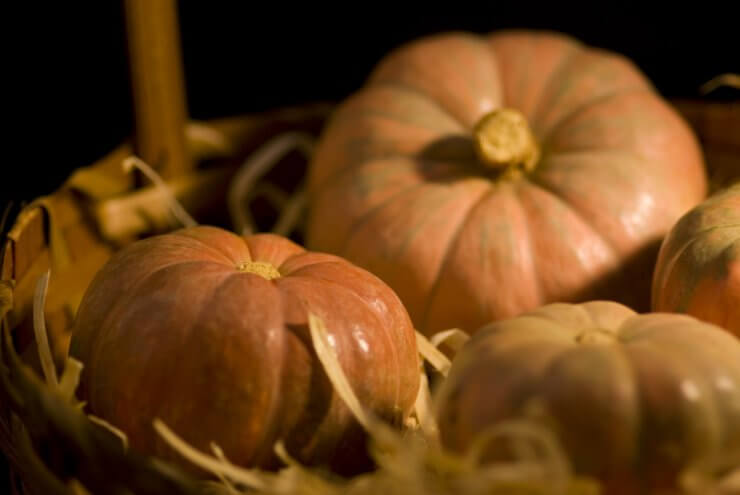
Unlocking the secrets of storing pumpkins with guidelines for ensuring extended freshness and maximizing shelf life
Pumpkins often find themselves overlooked in the vast world of garden produce. Although they’re the centerpiece of Halloween and fall festivities, their versatility and deliciousness often go unnoticed. While many view pumpkins as merely decorative, we, the avid gardeners, recognize the multifaceted beauty of this fruit. Yes, pumpkins are technically a fruit, not a vegetable! Growing them is a relatively straightforward affair. Moreover, the culinary possibilities—be it baking, souping, or freezing—are almost endless. Yet, their storage might baffle some. So, here are six storage tips tailored for pumpkins to ensure their freshness for a longer time.
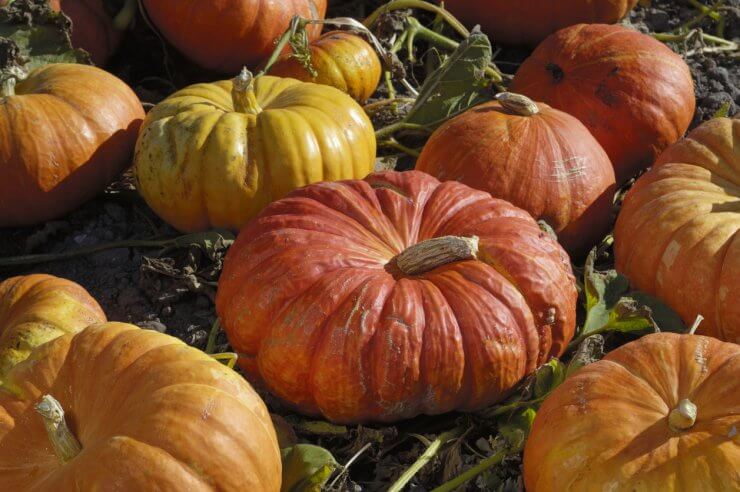
1. Know your pumpkin.
There are myriad squash varieties, both summer and winter. And pumpkin is a favorite winter squash. Knowing that it belongs to the winter category will greatly influence your storage method.
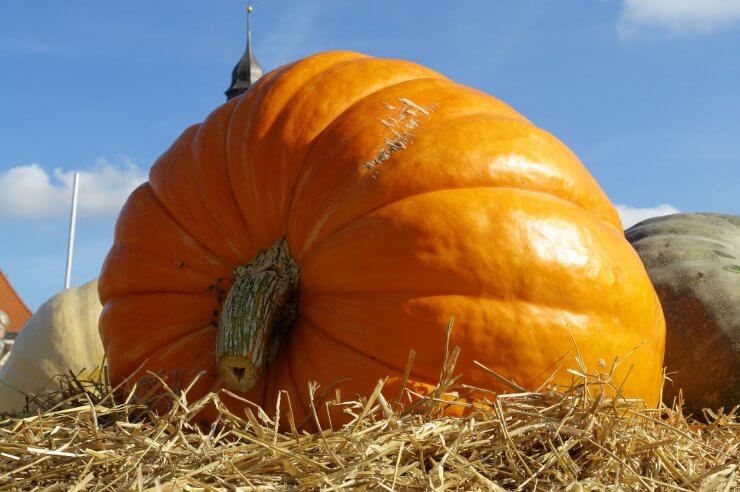
2. Keep them dry.
Resist the urge to wash your pumpkin immediately after purchase or harvest. Moisture can accelerate decomposition. Wait to wash it until you’re ready to cook or carve. (It’s still fun to rhyme with pumpkins!)
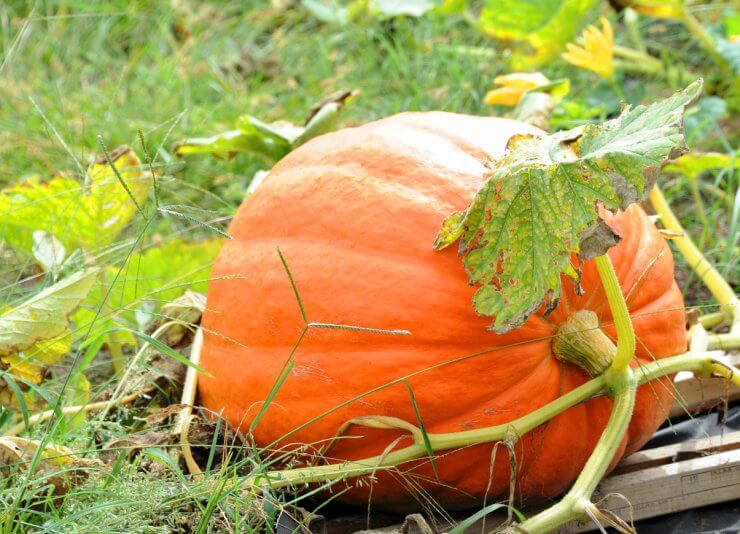
3. Cure pumpkins for longevity.
For pumpkins, curing means letting them dry out. When you pick them from your garden, leave around 3 inches of the stem. This not only gives them a rustic look but also prevents decay. Allow your pumpkins to dry in a warm location with adequate airflow for about a week or so. If outdoors isn’t an option, a well-ventilated shed will suffice.
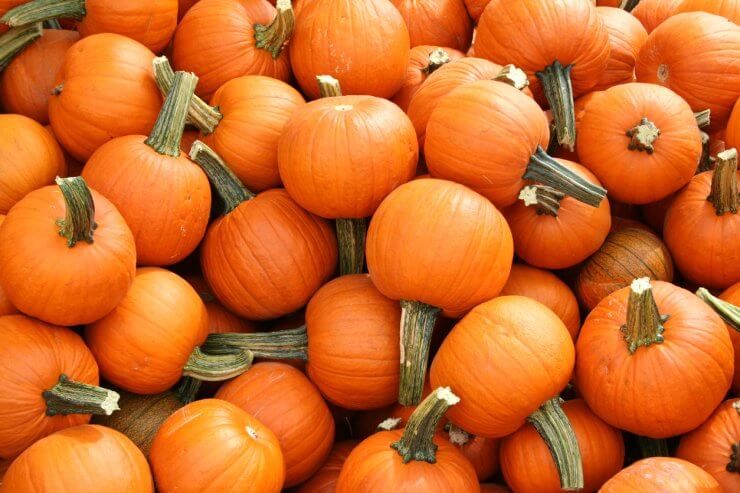
4. Cool and dark is the way to go.
Once dried, your pumpkins, like all winter squash, prefer cool and dark places for storage. A basement shelf lined with newspapers or even a layer of straw will be ideal. This setup helps in moisture absorption, reducing the chances of rot. Remember, piling pumpkins on top of one another can cause them to decompose, so arrange them in a single layer.
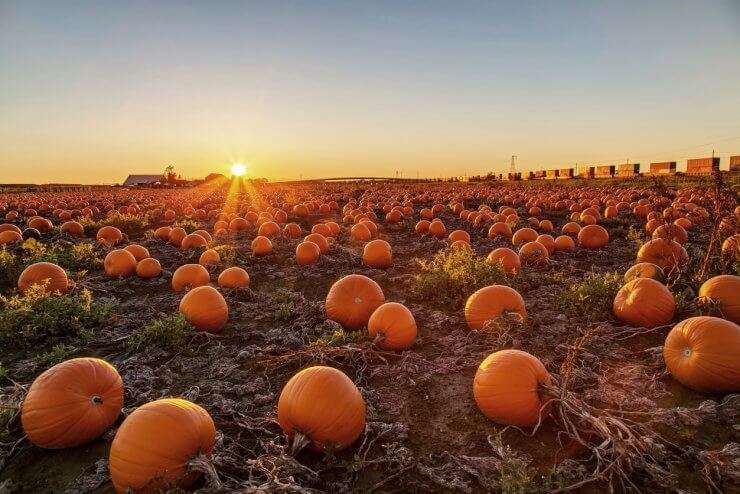
5. Watch out for decay.
When pumpkins begin to rot, they’ll soften and may even ooze liquid. Mold might also form. If you notice any of these signs, it’s best to compost them. Minor surface blemishes are often harmless, but be wary of any significant changes in texture or color.
6. Get creative with culinary uses.
Always keep a check on your pumpkins and use them before they spoil. But don’t limit yourself to the traditional pumpkin pie or soup. There are countless recipes that can turn the humble pumpkin into a gourmet dish. If soups appeal to you, imagine the richness of a pumpkin sage soup with a hint of nutmeg. Or if you’re into baking, pumpkin-based desserts can be a game-changer. The sky is the limit!
What’s your secret to storing pumpkins? Or perhaps you have a mouth-watering recipe to share? Drop your thoughts in the comments below!


 Previous
Previous
